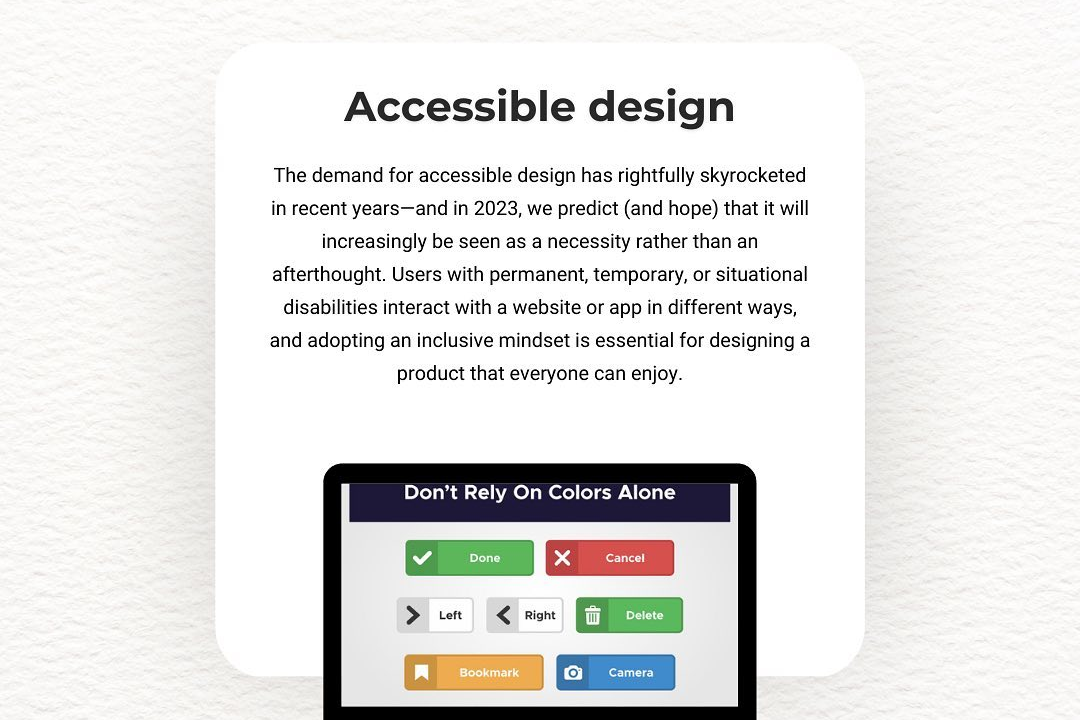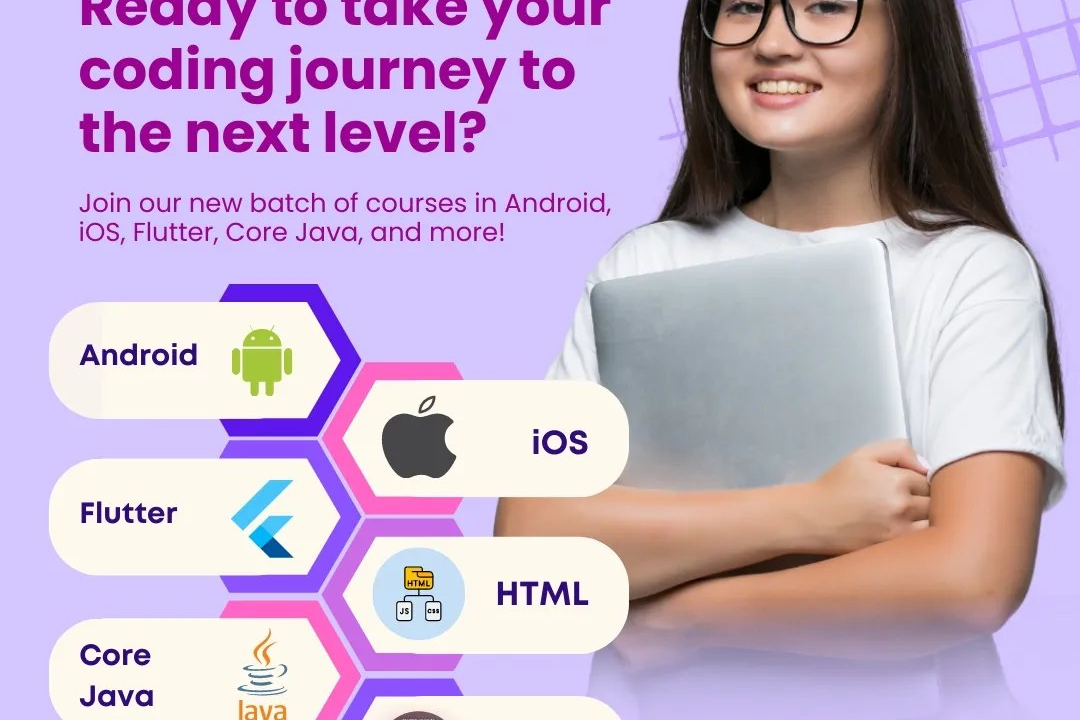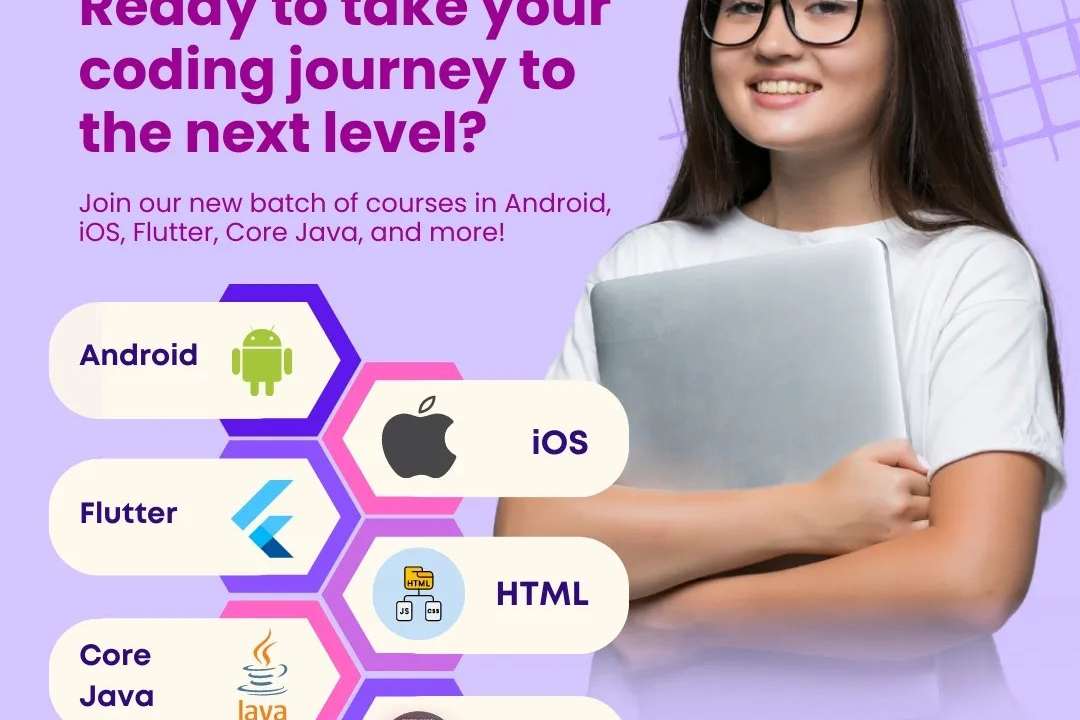iOS User Interface Design Principles
iOS User Interface Design Best Practices
iOS User Interface Design Principles
iOS user interface design principles emphasize clarity, deference, and depth to create intuitive and engaging user experiences. Clarity ensures that the content is legible and easily understood, utilizing whitespace effectively to avoid clutter. Deference allows the interface to showcase content with minimal distraction, focusing on the user's needs while maintaining visual appeal. Depth adds a sense of hierarchy and organization through layers, transitions, and animations, enhancing usability and interaction. Additionally, consistency is key in iOS design, enabling users to quickly familiarize themselves with different apps, while adaptability ensures optimal experiences across a range of devices and screen sizes. All these principles work together to foster a seamless and enjoyable interaction for users.
To Download Our Brochure: https://www.justacademy.co/download-brochure-for-free
Message us for more information: +91 9987184296
1 - Simplicity
Aim for a clean and straightforward interface. Remove unnecessary elements and focus on core functionalities to enhance user experience.
2) Consistency
Use consistent design patterns and UI elements across the app. This helps users learn the interface faster and reduces confusion.
3) Feedback
Provide immediate feedback for user actions. For instance, highlight buttons when tapped to confirm that the action has been recognized.
4) Depth and Visual Hierarchy
Utilize depth (shadows and layers) to create a sense of space. A clear visual hierarchy helps users understand what’s most important at a glance.
5) Touch Targets
Ensure that interactive elements are adequately sized for finger touches. A minimum target area of 44x44 points is recommended for buttons.
6) Accessibility
Design with inclusivity in mind. Use scalable fonts, color contrast, and VoiceOver capabilities to make apps accessible to users with different needs.
7) Intuitive Navigation
Implement an intuitive navigation system that allows users to easily find their way within the app. Use standard navigation patterns like tab bars or navigation stacks.
8) Visual Affordances
Create elements that straightforwardly convey their functions. For example, a button should look clickable, while a slider should indicate it can be dragged.
9) Memorable Icons
Design meaningful icons that convey their function clearly. Avoid overly abstract designs that may confuse users about their purpose.
10) User Control
Allow users to feel in control of the app. Provide options to undo actions and customize settings to their preference.
11) Contextual Awareness
Design interfaces that adapt based on the context of use. For instance, change layouts in landscape and portrait orientations or adjust based on the user’s activity.
12) Minimal Text Input
Reduce the need for text input as much as possible. Utilize drop downs, sliders, and toggles instead of text fields to enhance usability.
13) Error Prevention and Recovery
Design with the aim of preventing errors. If errors occur, provide clear and constructive error messages to guide users to recover seamlessly.
14) Loading Indicators
Use loading indicators to inform users when content is being loaded. This helps manage user expectations and reduces frustration.
15) Engaging Transitions
Provide smooth transitions that enhance the interface’s storytelling. Transitions should be functional, helping users understand where they are in the app.
16) Feedback on Performance
Ensure the app communicates responsiveness. Use progress indicators and animations to show that the app is processing and to keep users informed.
17) Dark and Light Modes
Support both dark and light user interface styles, allowing users to choose what works best for them based on their environment or personal preference.
18) Custom Gestures
Integrate custom gestures that match the app's context, enhancing the interactivity while ensuring they do not confuse or frustrate the users.
This outlined structure presents the core principles of iOS UI design, offering a rich learning module for students interested in developing their skills in app design and usability.
Browse our course links : https://www.justacademy.co/all-courses
To Join our FREE DEMO Session: Click Here
Contact Us for more info:
- Message us on Whatsapp: +91 9987184296
- Email id: info@justacademy.co
Flutter App Development Tutorial












